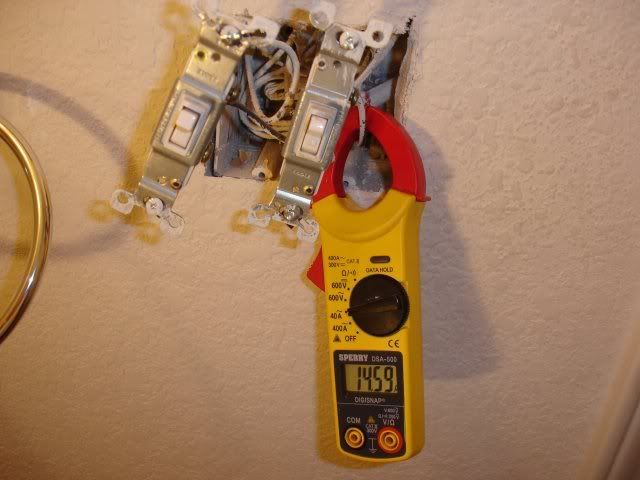Julie, to me, it's more than simply running a larger gauge wire than necassary, it's about performance, and efficiency. Receptacle loads are not predictable, while lighting loads are.
From the electrician's point of view: let's say we're wiring a 3- or 4-bedroom house. For the kids' area, 3 or 4 rooms, I'd place all of the lighting, including bath, on one 15a circuit, and all of the receptacles, excluding bath, on one 20a circuit.
Let's say we wanted to just use two 15a circuits. How would you split that up? 1-1/2 rooms per circuit? Some receptacles and some lights? Plug in a vacuum and some lights go out, computer freezes, TV picture shrinks? No, thanks. Three circuits, maybe?
While a 15a circuit may indeed supply the load, it will have greater voltage drop doing it, especially during start-up surges. I've never had someone complain that the lights don't blink, only when they do.
A couple of weeks ago, I was in the orange store, and started a conversation with a young lady about 100-ft extension cords she was looking at for the 1500-watt heater she bought for her dog's doghouse.
I recommended the 10-gauge cord, while my electrical-engineer friend who was with me said that a little bit of voltage drop won't be a problem for a resistance heater, ignoring VD effects on the fan motor.
I pointed out that, while the overall current will be slightly lower, it would cost more, not less, to operate the heater, because the energy expended heating the cord would also cost, but would not contribute to warming the space (or opening the thermostat).


